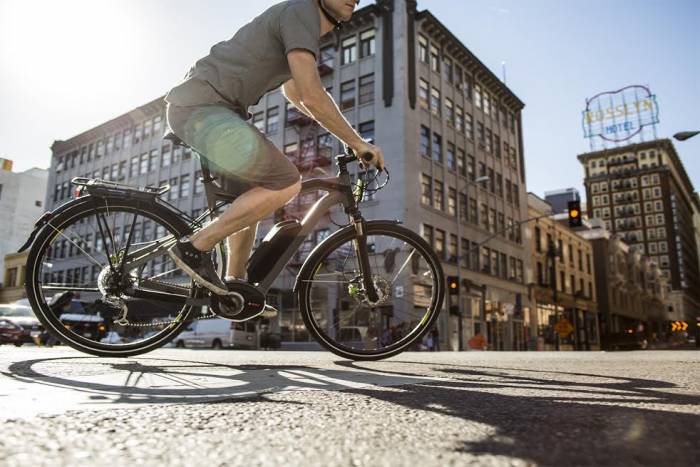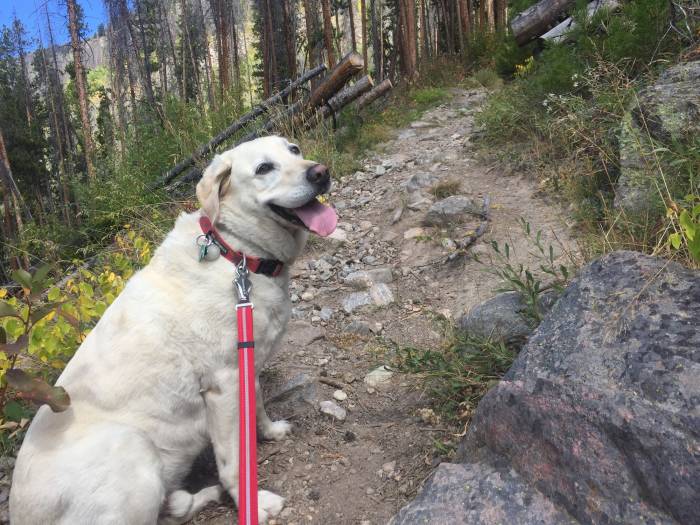You can be very safe if you #optinside due to COVID-19. But there are still ways to play outdoors while limiting coronavirus risks.
Social panic is growing within the outdoor recreation community. And if you’re confused about what to do at this moment, we get it. Thankfully, medical experts and public health officials are providing strong guidelines on how to navigate life outdoors right now.
The key to safe outdoor recreation at the moment is social distancing. Social distancing means that — within reason — people must maintain 6 feet of distance from each other when outside their residences. Exceptions might include recreating with someone you live with or buying groceries from a cashier.
These guidelines, of course, do not apply to those that are under medically mandated quarantine. Nor do they apply to self-quarantining due to possible symptoms or an immunocompromised state, or living with someone under quarantine regardless of personal symptomatic status.
Using current medical advice, here are some tips that can help us all maintain both personal sanity and public health safety.
COVID-19 and the Outdoors: What Do the Experts Say?
First thing’s first: This is a quickly evolving situation. Strictly follow current orders by your local, state, and federal governments. Every place on Earth is a little different right now, so some of this does not apply to, for example, several European countries where cycling has been banned.

But if you have the freedom to go outside for exercise, medical experts continue to recommend some outdoor activity for those who are not under medically mandated quarantines.
Harvard Health’s Coronavirus Resource Center is a great resource for navigating this global pandemic at home. And these world-class experts currently allow getting outside for both adults and children as long as precautions are taken.
“Though you shouldn’t go to the gym right now, that doesn’t mean you can’t exercise,” the resource reads. “Take long walks or run outside (do your best to maintain at least 6 feet between you and non-family members when you’re outside).”
The San Francisco shelter-in-place order also includes an exemption for outdoor recreation. It states that individuals are able “to engage in outdoor activity, provided the individuals comply with Social Distancing Requirements as defined in this Section, such as, by way of example and without limitation, walking, hiking, or running.”
Other shelter-in-place orders are following suit. Denver, where our editorial office is based, issued an exemption for outdoor exercise. For those of us not under restriction, current guidelines for public health and safety echo these requirements for responsible recreation. Be sure to follow local orders.
Stay Close to Home, Avoid Popular Destinations
As national parks and overcrowded outdoor areas begin to close their gates out of necessity, it’s vital to reconsider and most likely cancel your travel plans.
Gateway communities like Jackson Hole (Wyoming), Telluride (Colorado), and Moab (Utah) are under increasing pressure from out-of-state tourists. This influx is forcing the local communities to make difficult decisions.
Traveling comes with its own sets of risks. You can safely navigate getting gas with techniques in this great article from Consumer Reports. But buying food on the road and risking unnecessary closeness to others simply to get away for a week is a no-go.
Backcountry trips are also being affected, and some public lands are being shuttered to avoid unnecessary pressure on emergency response teams and wilderness first responders.
If you’re packing bags, skis, snowmobiles, or mountain bikes, please keep in mind that your backcountry injury could cause serious complications for health care providers right now. You put first responders at risk and also roll the dice that you’ll find yourself in a hospital. This is not the time to “send it.”
With this in mind, it’s important to remember the safest course of action to prevent the spread of coronavirus is to stay near home. Guidelines are changing daily — we’ve gone from international travel restrictions to state-by-state shelter-in-place orders.
Because doctors don’t yet have an effective medical defense against the virus, the best option to “flatten the curve” is to keep close to home and avoid as much interaction with other people as possible.
What Can You Do Outside?

You could, of course, follow shelter-in-place protocol and recreate right out your front door. This is the safest bet and puts the least pressure on strained infrastructure.
Going for a run in the neighborhood or walking your dog is safe as long as you maintain rigorous social distancing (at least 6 feet!) and avoid shared surfaces. What qualifies as a shared surface? Benches, handrails, playgrounds, public bathrooms, trash can surfaces — you get it.
So far, public trails and forests are acceptable options according to most local guidance, such as Denver’s. But they come with several caveats.
If you get to a local trailhead and find it packed with vehicles, consider another spot. Or, try the trailhead at a different time.
There are also other public lands to consider exploring beyond the obvious. Out West, there are a plethora of state and BLM lands that are rarely utilized. And back East, state parks and other public options can provide respite from overcrowded city parks and greenbelts. Remember to stick to the easily accessible country that’s close to home and, of course, to avoid risky terrain.
Sticking close to home can feel suffocating, but until we can definitively fight this pandemic, that’s what the situation calls for. Use your best judgment and consider the health of others.
Final Thoughts: Increase Education, Decrease Alarmism
It’s worth noting that everyone is a beginner at navigating this current norm. What we need at the moment is communal empathy, compassion, and a dedication to researching hypotheses before posting a knee-jerk message. Social panics and moral policing take a very dim view of human capacity.
Parts of the population will inevitably make mistakes or ignore the social necessities of this ongoing pandemic. But this doesn’t mean that conscious and thoughtful individuals should relegate themselves to their couches.
But, should legitimate medical advice change around outdoor recreation, then we too shall adapt. We will continue to monitor the situation to provide the most current advice. In the meantime, may we all find a bit of outdoor sanity as we maneuver these uncertain waters.







